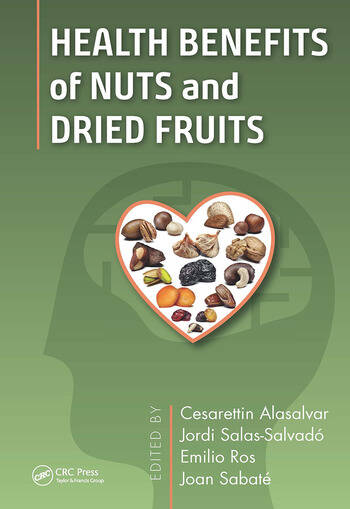Hazardous and Industrial Wastes Proceedings of the Thirty-Third Mid-Atlantic Industrial and Hazardous Waste Conference
The Mid-Atlantic Industrial and Hazardous Waste Conference is an annual meeting that brings together engineering and science professional from academia government and industry. This text presents the presentations made at this event. | Hazardous and Industrial Wastes Proceedings of the Thirty-Third Mid-Atlantic Industrial and Hazardous Waste Conference

















































